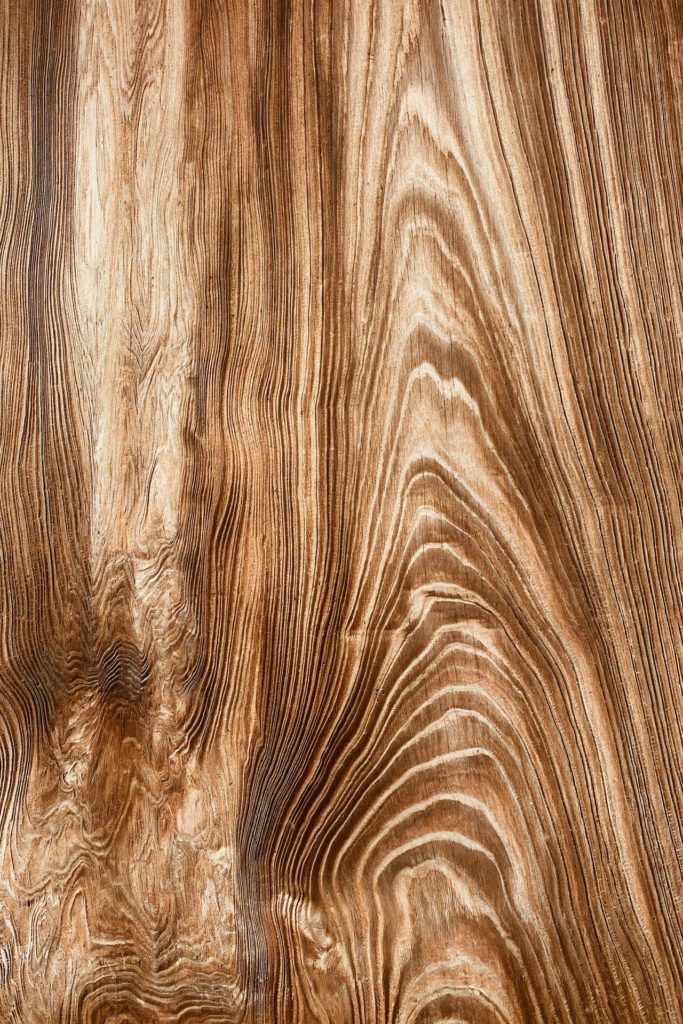Why you should use Timber finishes
Decking oils come in a broad range of natural wood tones and colors and offer both clear and natural versions. Deck stain is good for providing a wonderful colored appearance and changing the color of the wood and deck oils are good to give you an extra shine. Coloured oils make the deck look great and preserve its natural grain.
When carried out for their intended purpose of changing the color of the wood floorboards, stain provides a high level of UV protection. As a bonus, it contains oil to protect the wood and also provides UV protection, as it is a water-based stain.
Remember that flooring stains that only protect the wood surface are not very effective as they do not penetrate the wood surface. As a water-based product it is best to apply a cover stain with an oil stain or other water-based stain before it wears out. Oil stains seal the wood against the weather and penetrate into the wood.

Once your second coat has dried and you have finished coloring your deck, make sure that you pay attention to cleanliness to ensure that your deck holds. If the oil does not color as well as the paint and you want to change the surface, you can strip the timber oil off. You need to remove the old oil from your coating and apply a new coat. Oil should not be used on certain hardwoods such as teak and balauwood. These woods are oily and have a dense grain that is difficult to penetrate.
Due to the pigmentation of the stain and the way it covers the grain on your deck, you are better suited for oil if you want a more natural look. A clear oil stain on the deck is ideal to emphasize the natural color and character of the board, as it provides a clear finish. Ceiling oil is a wood stain that protects the wood from weather, UV rays and other forms of decay. Oil stains seal the wood and provide an additional layer of protection from the elements.
Unlike stain, which resembles a lacquer, wood oil plays the role of a lotion for the wood. What distinguishes oil from stain is that stain improves the appearance of the deck by changing the color of the wood while oil increases the current color that you wish to leave on your wood. Remember that stain changes the color of the wood, while oil changes color and tone.
If your deck is treated with pine, you may want to use a stain that changes color to achieve a richer, more solid look. For decks with merbau, teak or jarrah, for example, you should use a Merbau Decking oil that emphasizes the natural beauty of your wood. Deck products go beyond wood stain – deck stain means colored deck oil, and an alternative is a coating that leaves a plastic lacquer film on the surface of the wood.
Wood stains must be re-sealed and do not require the same maintenance as cover oil. If your wooden deck is well oiled, you can regularly oil and seal it every six to twelve months to ensure its longevity and keep it looking at its best for years to come. Whether you use oils or stains come up with your deck what you want. Remember to maintain your deck with a beauty regime to make sure it looks good for years, as it requires regular maintenance and care.

